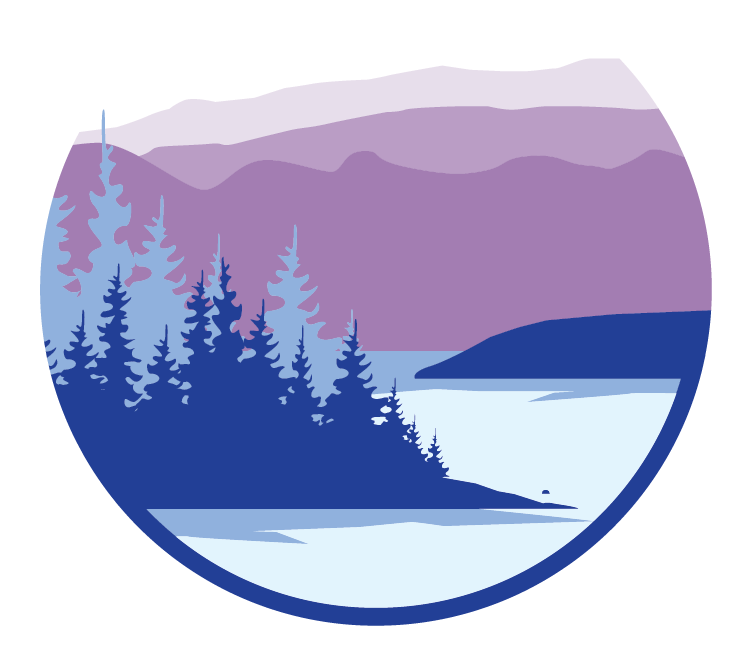How does Flathead Lake compare?
Flathead Lake Citizen Science - Secchi observations
For the past three years, our Flathead Lake Citizen Science (FLCS) volunteers have been monitoring water clarity around the lake using their Secchi Disks. We have had 37 volunteers collect 173 Secchi observations.
Flathead Lake has extremely clear water, with significantly higher water clarity than most lakes in the US when compared with the National Lake Assessment data. The values observed in Flathead Lake by the citizen science program are roughly 3 times higher than the national average.
Seasonality is the greatest driver of water clarity in Flathead. June observations are low because of the lingering effects of the spring runoff and sediment plume. Water clarity increases in July as particles in the plume begin to settle out.
As plume particles continue to sink, primary production of algal biomass maintains similar water clarity in August. In September, rates of primary production decrease as nutrients are depleted, and phytoplankton biomass accumulation no longer exceeds sinking rates, increasing water clarity.
Learn more or participate in the Flathead Lake Secchi Dip-in.
Figure 1: Water clarity measurements from the Flathead Lake Secchi Dip-In 2018-2020, FLBS FMP at mid-lake deep 1977-2020, and the 2017 National Lake Assessment. Horizontal lines within the boxes indicate the median value of observed measurements
Figure 2: Secchi observations taken in a single month by our volunteers showed a similar range of water clarity to that of 40 years of measurements at a single site. The bimodal distributions (double peaks) observed in 2018 and 2020 reflect the dynamic nature of water clarity within a single month.
Figure 3: Distributions of all measurements of the FLCS program’s Flathead Lake Secchi Dip-In 2018-2020 by month. The seasonal patterns shown here correspond to seasonal patterns observed by FLBS FMP.



